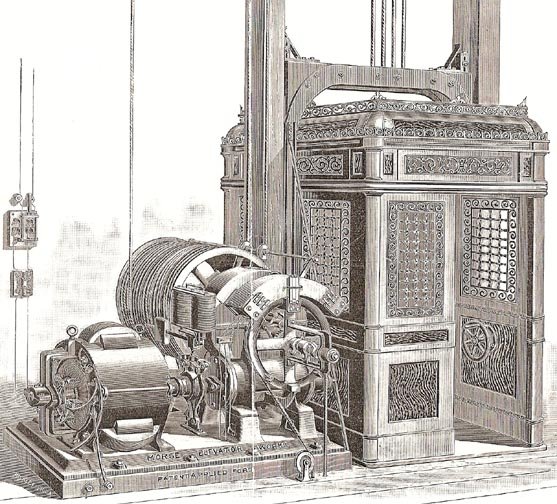Fascinating Elevator Facts You Didn’t Know
Elevators are such a routine part of modern life that we often take them for granted. Whether you’re heading up to your office or returning to your apartment, elevators make vertical travel seamless. But behind those sliding doors lies a world of innovation, history, and trivia. Let’s dive into some fascinating elevator facts that might surprise you!
Elevators Move Billions of People Every Day
It’s estimated that elevators carry the equivalent of the world’s population every three days! That’s around 8 billion rides, a testament to their importance in daily life.
The First Passenger Elevator Was Installed in 1857
Elisha Otis, credited with inventing the modern safety elevator, installed the first passenger elevator in a department store in New York City in 1857. His safety brake system revolutionized vertical transportation, making high-rise buildings possible.
Elevators Are the Safest Mode of Transport
Statistically, elevators are among the safest modes of transportation. Advanced safety features, regular inspections, and strict codes contribute to their stellar safety record. In contrast, stairs see far more accidents annually.
Elevator Music Was Invented to Calm Nerves
When elevators became more common in the early 20th century, many people were nervous about riding them. Soft, soothing music was introduced to ease anxiety and provide a pleasant experience.
The World’s Fastest Elevator Reaches Speeds of 47 mph
In Guangzhou, China, the Guangzhou CTF Finance Centre houses the fastest elevator in the world. It can travel at an astonishing speed of 47 miles per hour, taking passengers from the ground to the 95th floor in under a minute.
The Longest Elevator Ride Covers Over 1,600 Feet
The Burj Khalifa in Dubai, the tallest building in the world, boasts elevators that travel a distance of 1,654 feet. That’s like stacking four Eiffel Towers on top of each other!
Elevators Have “Phantom Floors”
In many cultures, certain numbers are considered unlucky, such as 13 in Western cultures or 4 in East Asian cultures. To accommodate superstitions, elevators often skip these floors, labeling them as “12A” or “3A.”
Elevators Use Counterweights to Save Energy
Modern elevators use a counterweight system, which makes them more energy-efficient. The counterweight offsets the weight of the cab and passengers, reducing the power needed to move the elevator.
There’s a Secret “Door Close” Hack
While many believe the “door close” button doesn’t work, in some elevators, it’s functional for firefighters or maintenance workers with access keys. Without those keys, the button is often just for show.
The Smallest Elevator Can Hold Just One Person
In residential homes or boutique buildings, tiny single-person elevators, sometimes no larger than a phone booth, provide convenience in tight spaces.
Elevators Have an Expiration Date
While they’re built to last, elevators typically have a lifespan of 20-25 years before modernization or replacement is necessary to ensure safety and efficiency.
Elevators Are Surprisingly Eco-Friendly
Newer models are designed with sustainability in mind, incorporating energy-saving features like regenerative drives that capture and reuse energy. They’re also made with recyclable materials.
Why These Facts Matter
Elevators are more than just a convenience; they’re marvels of engineering that keep our vertical cities running smoothly. By understanding their history and functionality, we can appreciate their role in shaping modern life.
How Olympic Elevator Can Elevate Your Experience
At Olympic Elevator, we’re passionate about everything elevators. From regular maintenance to modernization projects, we ensure your elevators are safe, efficient, and compliant with all regulations. If you’re looking to install, upgrade, or maintain an elevator, trust our expert team to keep you moving smoothly.
Contact Olympic Elevator today to learn more about our services and how we can help elevate your property to new heights.












